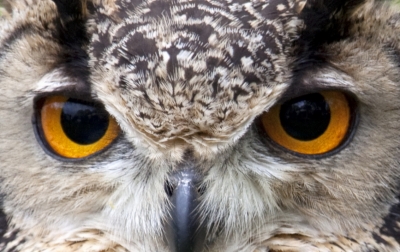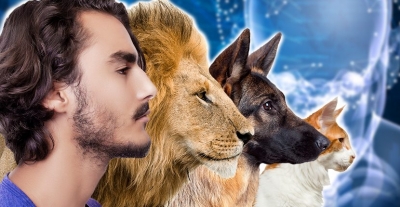Does owls have eyeballs?

Owls don't have eyeballs. They have eye tubes or cylinders, rod-shaped eyes that do not move in their sockets as eyeballs do. Instead, owls have to move their bodies or heads in order to look around. Since moving their torsos would likely make noise that would alert their prey to their presence, owls have evolved to have necks that can spin up to 270° essentially silently.
But why favour neck-spinning over the seemingly simple eye ball-spinning method of looking around? Well, night vision requires large corneas that allow for light to be collected effectively even in the dark, which is why most nocturnal animals (like the slow loris or tarsier) have huge eyes. But owls have small skulls, so their big eyes couldn’t expand out. They instead developed into the rod shape of today’s owls. They aren’t alone though: some deep-sea fish (like the anglerfish) also have rod-shaped eyes for seeing in the dark.
Picture Credit : Google
